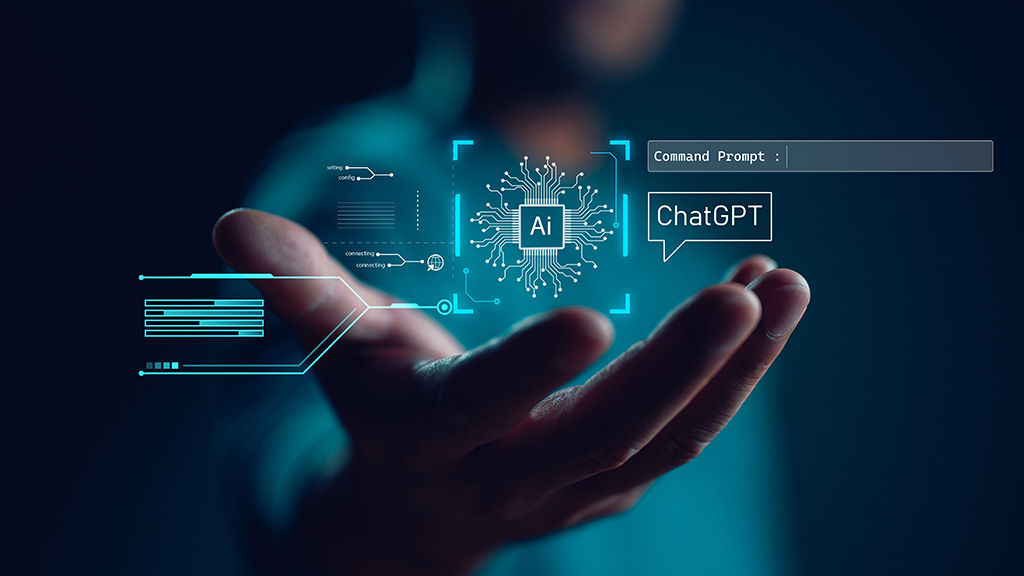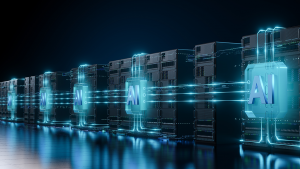Though the construction industry contributes a significant share to the GDP of first-world countries, the industry itself has seen low modernization in the last 20 years.
On average, the industry’s productivity growth has been only +1 per cent annually. This figure will soon increase as artificial intelligence (AI) becomes a more significant contributor to the sector.
According to James Barrett, chief innovation officer of Turner Construction, “Artificial intelligence will transform our industry in the next 10 years more than any other technology in the past 100 years.”
By 2030, global AI in construction is anticipated to exceed US$4,910 million, representing an approximately 35.2 per cent compound annual growth rate from 2023.
AI tools like machine vision, data analysis, autonomous vehicles, intelligent document processing, etc., will optimize industry practices and increase efficiency by reducing the time and resources spent on projects and potentially resolving labour shortages.
The new AI-driven technologies will likely assist employees in the workplace rather than replace them, as they will reduce the physical strain that traditionally goes hand in hand with construction work.
AI will also be instrumental in tracking the progress of projects, optimizing processes, offering solutions and identifying potential threats to employee safety.Ěý
, the companies Autodesk, IBM, Microsoft, SAP and Oracle will lead the implementation of AI in the construction space.
In addition to the direct impact on building sites, AI is also expected to have a significant influence on other sectors contributing to the construction process. These include mining, production of construction materials, logistics, transportation and heavy equipment manufacturing.
AI is playing an increasingly important role in the mining industry through various process optimizations. New AI-based technologies improve mineral sorting, environment mapping and the discovery of reserves. To help with these tasks, AI provides sophisticated insights using massive amounts of topographical, engineering, mineralogical, geological and other data.
Mining sorting systems with AI-based solutions significantly increase the industry’s productivity.
“Smart sorting” technologies utilize deep learning, colour sensors and X-ray data analysis that allows mining companies to decrease the time spent sorting raw materials while lowering costs.
Recently, the mining industry started using Automated Guided Vehicles (AGVs), such as drones and autonomous ground machinery, for mining, mineral quality assurance and project planning. AGVs are also often employed as substitutes for human workers when performing dangerous mining operations.
Similar to modern technological advancements in mining, heavy construction equipment is also going through a major high-tech revolution as AI is increasingly used in autonomous construction vehicles such as excavators, load carriers, dozers, rovers, etc.
The use of AI in this equipment results in improvements of efficiency and greater speed, as the machinery can work at any time of the day, with sometimes multiple machines controlled simultaneously by one operator.
Like other autonomous vehicles, autonomous construction machinery also includes predictive maintenance that allows one to foresee and prevent equipment malfunctions.ĚýĚýpredictive maintenance reduces breakdowns by 70 per cent, lowering overall repair costs and reducing downtime.
The design of construction machinery could also be improved with the help of AI, resulting in more efficient and reliable models with higher productivity.
AI is already used toĚýĚýthrough streamlining production and cutting down on waste. AI also improves real-time quality control, as the ability to quickly evaluate images allows for the identification of quality issues in components. Other benefits of real-time AI-assisted monitoring during manufacturing include identifying and making improvements to workflow patterns and resolving issues related to logistics.
In the freight sector, autonomous transportation vehicles can decrease traffic congestion (often caused by human error), lower carbon emissions and alleviate labour shortages.
Additionally, AI can be utilized to optimize shipment processes by detecting disturbances in supply chains ahead of time and minimizing the possibility of stock outages, thereby overcoming negative transportation and inventory planning implications for the costs of materials.
Other AI-based functions include resource management, planning efficient shipping routes, and tracking deliveries. International and domestic air and sea hauling are also implementing AI solutions related to the security of cargo and weather pattern analysis.
Currently, relatively high costs and a lack of skillful professionals are among the major impediments to implementing AI-related technologies in construction, mining, transportation and other sectors. The high expense, lack of reliable track record and complexity of implementation often cannot justify the benefits.
However, over time, economies of scale, the cost optimization of developing and installing AI solutions, as well as the availability of an experienced workforce, will bring down the costs of the technology and increase the speed of AI adaptation in construction.
Dmytro Konovalov has over 10 years of experience in equity research and analysis for global markets at leading international financial institutions.









Recent Comments
comments for this post are closed